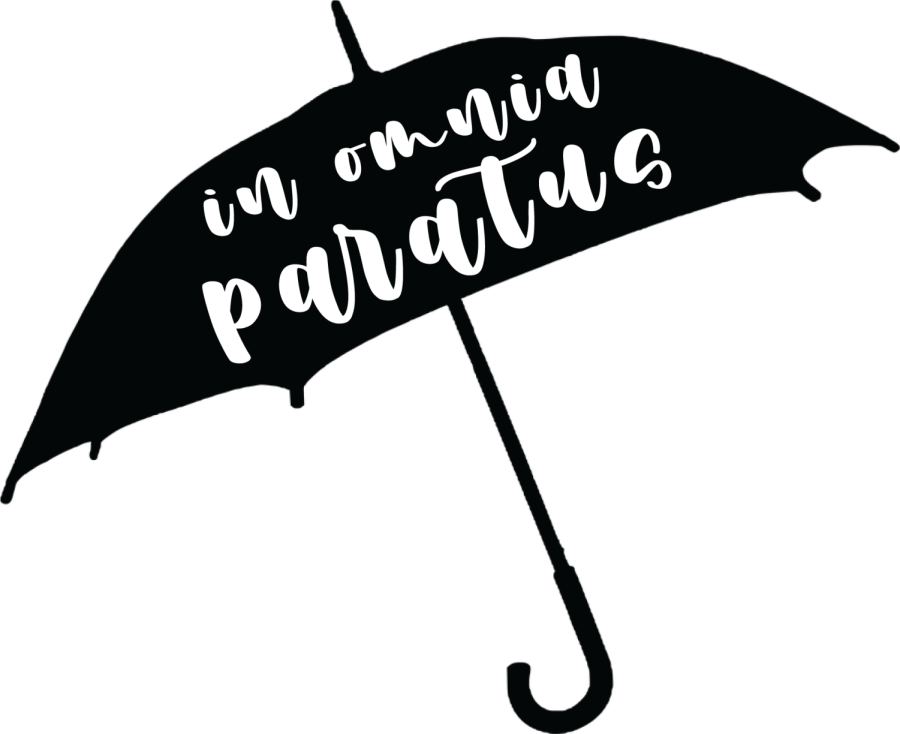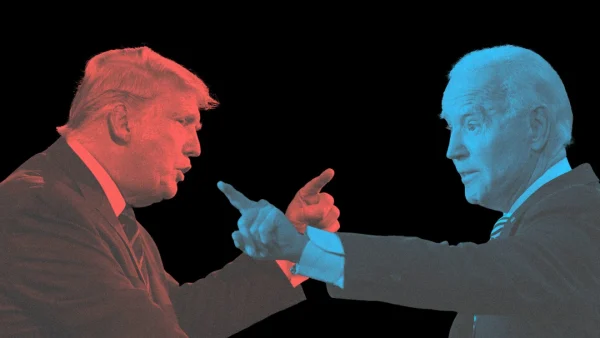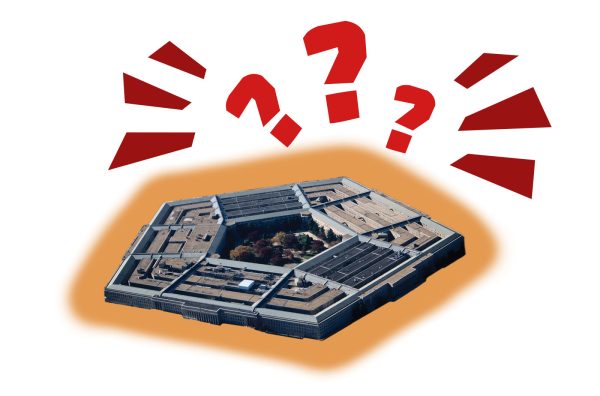Saint Louis’ Twentieth Century Life and Death Brigade
The allure of secrecy is enticing. Being able to share hushed words or hand signals defines secret societies. From “The Godfather” to Rory Gilmore’s Life and Death Brigade, secret societies attract because they allow an individual to be considered part of and accepted into the upper class. These societies are composed of individuals who share an agenda and want to achieve an end goal of either preserving or changing an aspect of their society.
Secret societies began as religious and political organizations typically composed of the respective aristocracy. Secret societies aimed to either preserve or alter an aspect of their society. Some of the earliest secret societies included the Pythagorean Brotherhood and the Keepers of Eleusian. Later secret societies included the Inquisition, Sons of Liberty and the Decembrists. Although secret societies have had different purposes over time, the members of these societies share an agenda and goal that manifests itself in creating generational events and practices.
In America, secret societies were formed in the late nineteenth and early twentieth centuries for educational and charitable purposes, mainly as an aid in assimilation for immigrants. One example of a contemporary secret society is Saint Louis’s Order of the Veiled Prophet. The society was formed following the Great Railroad Strike of 1877 when railroad workers across the country protested in solidarity against precarious working conditions and inadequate pay. The strike brought attention to the socioeconomic variance between the predominantly white upper class. The strike was settled with three thousand police officers and militia of the upper class. Upon dissolving the strike, the demands of the protest where met by banning child labor and instating eight-hour workdays.
Following the strike, Saint Louis recognized that Chicago was invading the transportation and manufacturing realm they had previously commanded. So in 1878, former Confederate colonel and grain producer Charles Slayback scheduled a meeting with the city’s business and civic representatives to create a secret society that publicly reinforced Saint Louis’s stature and the nineteenth-century socioeconomic relations of the proletariat and bourgeois onto the working class of Saint Louis. Thus, the Veiled Prophet of Khorassan was created. As the society was formed, it aimed to stifle the public’s populist demands for socioeconomic equality amongst the classes while also reinforcing the idea that to be an American was to be a member of the society that promoted the values of the organization.
The secret society’s board would choose an individual to play the role of the Veiled Prophet. The Prophet attended a ball where he would dance a Royal Quadrille with a chosen daughter of a local aristocrat, who would be recognized as the Queen of Love and Beauty. After their dance, he would gift the Queen a valuable item. A parade and fair would follow the ball to publicize the principles of the society’s generational privilege on the working class to market capitulation. The parade depicted the history of the world, from the neanderthals to industrialism, from the white aristocrats’ perspective promoting their elitist beliefs. Labor unions created counter parades to mock the Veiled Prophet society. Although the society’s association with race relations is not tangibly evident, it wasn’t until 1979 when Black people were allowed to join.
In 1972, the Veiled Prophet of the time was unmasked by a female member of the guerilla group Action Committee to Improve Opportunities for Negroes (A.C.T.I.O.N) as a means of protesting the society’s engagements at publicly allocated event locations. A.C.T.I.O.N was founded by Percy Green, a civil rights activist who resisted the Prophet’s beliefs. The unmasking was an attempt at dispelling the society from the public sphere in the city to resist the principles of separation between classes in social, political and economic spheres.
In 1992, the society’s annual fair title was changed from the Veiled Prophet Fair to Fair Saint Louis in an attempt to disassociate the society from St. Louis. But even after the title change, the ball and fair still served as its original exemplification of reinforcing class separation. The society raises questions on the history of Black people in St. Louis who had to contend with the white upper class’s influence on the economy, politics and culture of St. Louis in the nineteenth and twentieth centuries.
Even though the Veiled Prophet sought to separate the classes including both its white and Black members, the A.C.T.I.O.N group and unified Black laborers of the working and middle class achieved their goals of reaffirming Black institutions, electing preferred officials, enforcing labor rights and prioritizing quality of life.
More often than not, secret societies are formed to promote elitism or dogmatism, immoral or illegal acts, or overall adversely stigmatize their society. Public advocacy groups, like A.C.T.I.O.N, inform us that to be part of a group one must have values, beliefs, and goals that reflect the character of their person rather than their race, gender, religion, etc. Being selected creates an environment of honor amongst those included and influences those not included to act, believe or value similarly. Though social groups may not be secret, they still share similar agendas, goals and values. There may even be a potential secret handshake. If secret societies persist, they should be formed for a benign and worthwhile purpose. It may not be a dishonorable institution if there was a secret society that granted members who were leaders and advocates for service or equality and had a goal to promote values of stewardship or benevolence. It only seems as though such societies do not exist, and if they do, there are few.
Your donation will support the student journalists of Saint Louis University. Your contribution will help us cover our annual website hosting costs.












GEORGE GARRIGUES • Mar 13, 2022 at 2:03 pm
Hello. Here is something new for you:
https://www.einpresswire.com/article/564520877/new-book-shatters-myth-of-the-veiled-prophet-of-st-louis-missouri?ref=email&code=nS0geTrrmWNr8MWS&utm_source=NewsletterPR&utm_medium=email&utm_campaign=Book+Publishing+Industry+Press+Releases&utm_content=article
Frank Van Bree • Mar 3, 2022 at 7:43 am
Hi Juliette, if you want to grab a cup of coffee somewhere around SLU, I am happy to share anything you want to know about the VP.